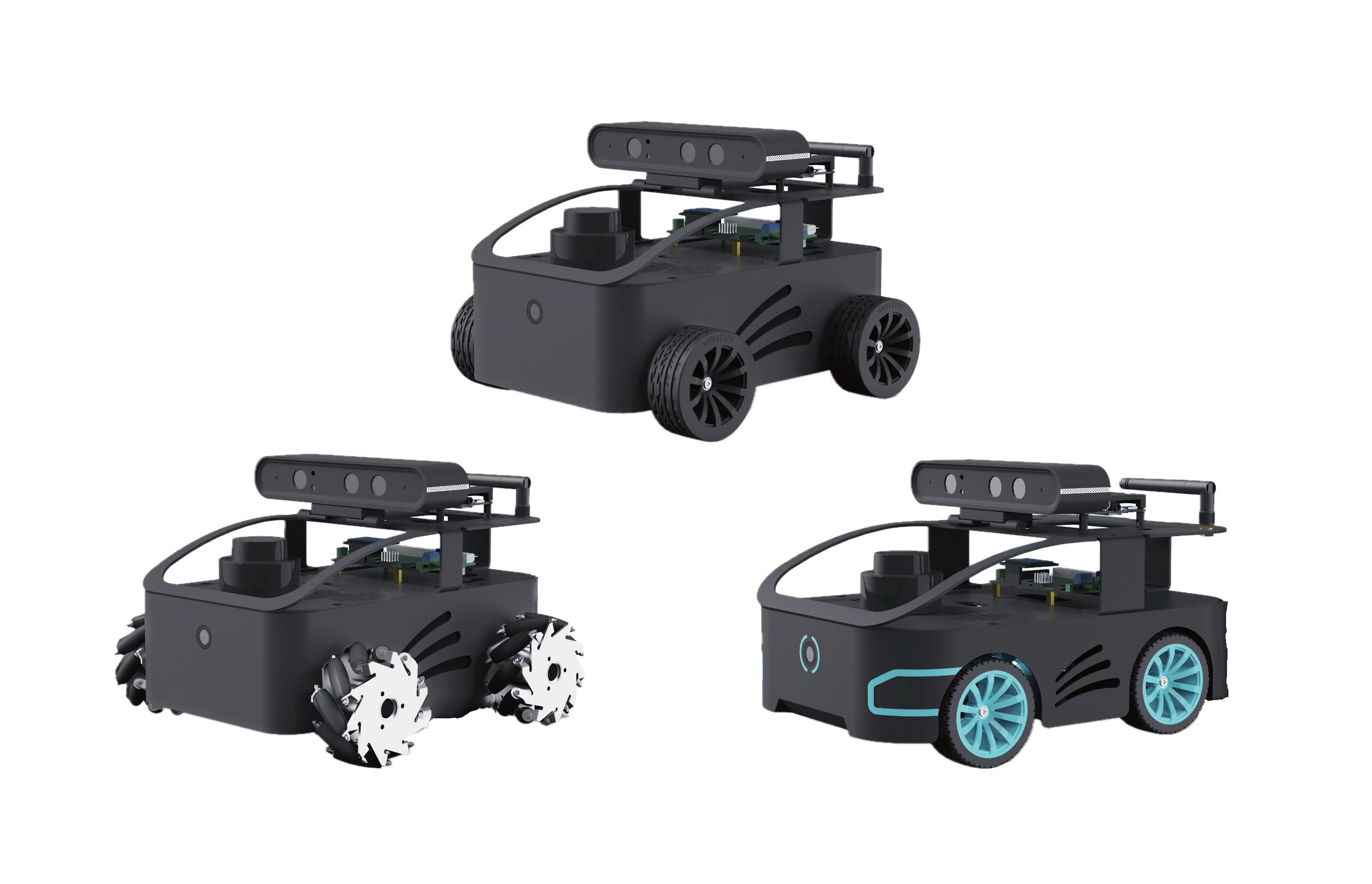What is Locomotion System?
The locomotion system in a robot refers to the mechanism responsible for movement and locomotion. It includes motors, wheels, tracks, legs, and control circuits that allow the robot to navigate its environment.
Mecanum Wheel System
Differential Drive System
Ackerman Wheel System
Types of Locomotion Systems
1. Wheeled Locomotion
• Differential Drive – Uses two independently controlled wheels (e.g., Roomba, AGVs).
• Omnidirectional Drive – Uses mecanum wheels or omni-wheels for movement in any direction.
• Ackermann Steering – Similar to car steering, used in autonomous vehicles.
• Tracked Drive – Uses continuous tracks like a tank (e.g., military robots, Mars rovers).
2. Legged Locomotion
• Bipedal Robots – Two-legged robots (e.g., Boston Dynamics’ Atlas, Honda ASIMO).
• Quadrupedal Robots – Four-legged robots (e.g., Spot by Boston Dynamics).
• Hexapod & Multi-legged Robots – Used for stability in rough terrain (e.g., insect-inspired robots).
3. Aerial Locomotion
• Multirotor Drones – Quadcopters, hexacopters, used in surveillance, mapping.
• Fixed-Wing Drones – Like airplanes, used for long-distance travel.
• Hybrid VTOL (Vertical Takeoff and Landing) – Combines features of drones and planes.
4. Aquatic Locomotion
• Underwater ROVs (Remotely Operated Vehicles) – Use thrusters for movement (e.g., deep-sea exploration robots).
• Autonomous Underwater Vehicles (AUVs) – Self-navigating underwater robots.
5. Hybrid Locomotion
• Robots that combine multiple locomotion methods.
• Example: Flying robots that can land and walk, amphibious robots.
Components of a Locomotion System
• Motors & Actuators: DC motors, stepper motors, servo motors, hydraulic actuators.
• Transmission System: Gears, belts, chains, shafts that transfer motion.
• Power System: Batteries, fuel cells, compressors for hydraulics, internal combustion engines or wired power sources.
• Control System: Microcontrollers and PID controllers.
